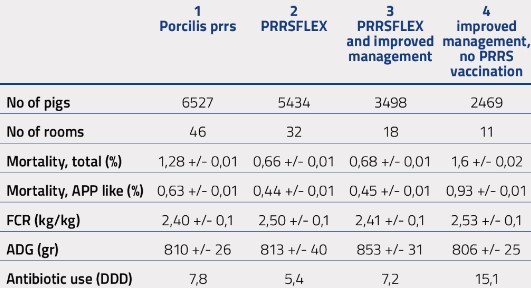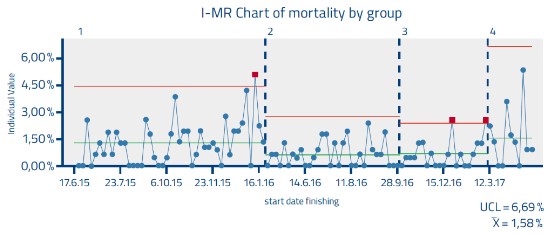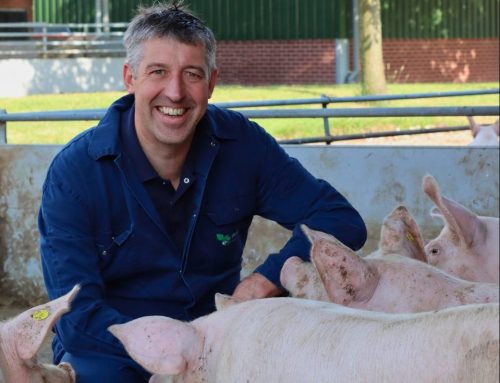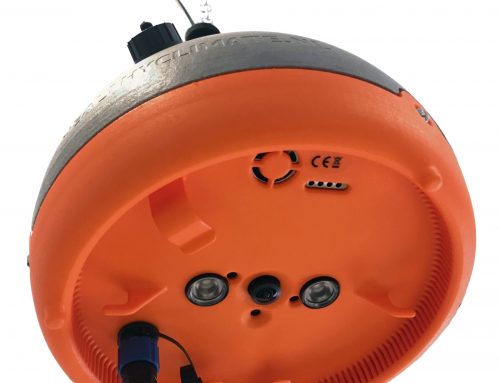This case report describes the finishing production results of variable interventions that were implemented over time to improve the health of the pigs, under field conditions.
Article by: V. Thuring 1, M. Steenaert 2 (1 Coöperatie VARKENSARTSEN, the Netherlands; 2 Boehringer Ingelheim Animal Health Netherlands bv)
Introduction
At a 5000 heads finisher site in the Netherlands, all-in all-out per room and liquid feeding, problems due to Actinobacillus pleuropneumoniae (APP) were observed. The farm’s biosecurity level was regarded above the Dutch average and is visited at least once every four weeks by a swine veterinarian. Mortality varied from 0 to 7 % per room. Average daily gain (ADG) 820 gr, Feed conversion rate (FCR) 2.43 kg/kg. The veterinarians of the sow herd and the finishing herd cooperated in diagnosing APP as a secondary bacterial disease and PRRS as the primary infection. This case report describes the finishing production results of variable interventions that were implemented over time to improve the health of the pigs, under field conditions.
Materials and Methods
Over a 2 year period four strategies were used in the sow-farm from which the piglets at 9-11 weeks of age (woa) were sourced. The strategies were evaluated at the finishing farm. In chronological order:
1. Vaccination of piglets at 23 days of age on average with Porcilis PRRS 2cc per piglet.
2. Vaccination of piglets at 23 days of age on average with Ingelvac PRRSFLEX 1 cc per piglet.
3. Vaccination of piglets at 19 days of age with Ingelvac PRRSFLEX 1 cc per piglet combined with improved pig-flow and stocking density reduction. Pig-flow was improved by changing the number of weekly batches per barn form 6 to 3 and by maximising the percentage of all-in all-out procedures per room. Stocking density was reduced by moving piglets to the finishing barn at younger age.
4. No PRRS-vaccination. Keeping up with the improved pig-flow and reduced stocking density.
Finishing data were based upon the farmer’s administration and feed-management computer (Weda). Antibiotic use – expressed in Daily Defined Dosage (2) – was obtained from the quality system’s database (DGBase). During the 2 year period, no piglets from other suppliers were present at the farm. All data were calculated as averages per room.
Results
Table 1. Finishing results per room (average and standard deviation) over time, by strategy

Fig. 1 Mortality (%) results per room over time, by strategy: 1 Porcilis PRRS, 2 PRRSFLEX, 3 PRRSFLEX and improved management, 4 improved management and no PRRS vaccination. Control limits at 3 standard deviations.

Discussion and Conclusion
As controlling PRRS-infection can have a significant contribution in controlling APP problems (1), this was a main focus in this case. Additional management changes in the nursery, next to PRRS vaccination of the piglets gave the best finishing results. After stopping PRRS vaccination, there was a remarkable increase in antibiotic use. In combination with the reduced production results this suggests a return to poorer pig health. As all interventions and follow up took place in a 2 year time period under field conditions, other unnoticed circumstances may have had an effect on the results. The management changes that were implemented probably not only reduced PRRS infection risks, but also other infectious disease risks. After the 2 year period, still PRRS wild type virus was found at 9-11 woa (data not published), so the combined interventions of management and vaccination proved only sufficient to control disease, not to eradicate PRRS. For that, a total and integrated PRRS approach for both the sow herd and the finishing farm is needed.
References
1. Stockhofe-Zurwieden et al. (2013) Type 1 PRRSv induces aggravation of infection by a mild virulent Actinobacillus pleuropneumoniae serotype 2 strain; International PRRS Symposium
2. https://www3.lei.wur.nl/antibiotica/





